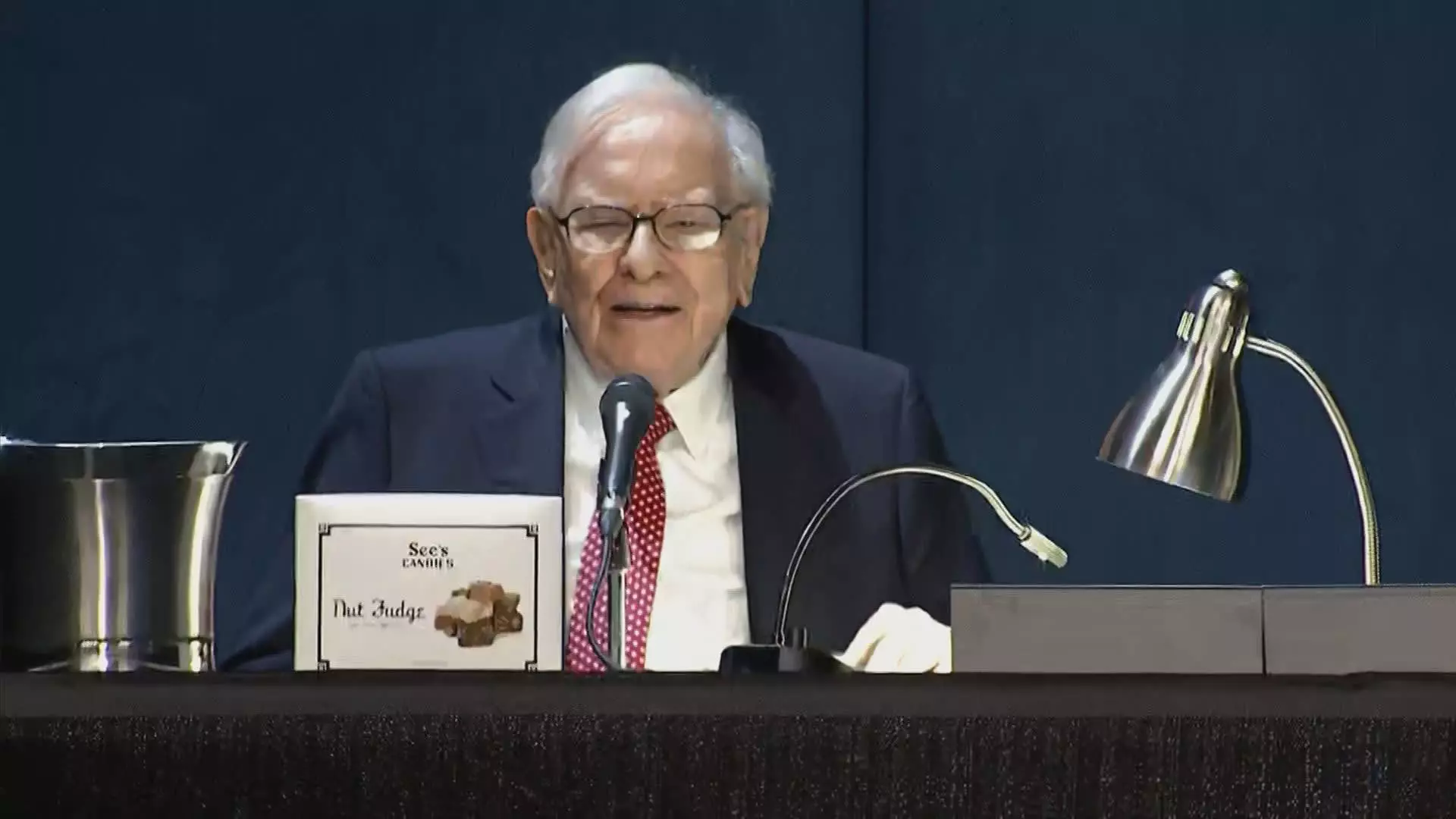Warren Buffett’s Berkshire Hathaway has recently been in the headlines due to its significant divestiture of Bank of America (BofA) shares. This action highlights not just the strategic financial maneuvers by one of the most revered investors of our time, but also reflects broader market dynamics and investor sentiment. Since mid-July, Buffett has offloaded shares worth over $7 billion, which has reduced Berkshire’s stake in the bank to 11%. This decision has sparked both intrigue and speculation regarding the motivations behind such a mass sell-off.
Berkshire’s offloading of BofA shares has been considerable, with a reported 5.8 million shares sold over a very short period – encompassing three separate trading days. This equates to nearly $228.7 million at an average price of approximately $39.45 per share. Cumulatively, the total shares sold amount to over 174.7 million, with a staggering total profit figure of $7.2 billion accounted for from these transactions. Despite these sales, Berkshire still holds a significant number with 858.2 million shares remaining, maintaining its position as a notable stakeholder in BofA.
Interestingly, as a consequence of this selling spree, Bank of America has fallen from being Berkshire’s second-largest investment to its third, trailing behind tech giant Apple and credit card issuer American Express. This ranking shift underscores the changing priorities and investment strategies of Buffett, especially as BofA has long been a critical part of Berkshire’s portfolio.
Buffett first invested heavily in BofA in 2011, shortly after the financial crisis. His initial commitment of $5 billion comprised preferred stock and warrants, which he expertly converted in 2017, ultimately leading to Berkshire becoming the largest single shareholder in the banking institution. This move not only stabilized the bank during a tumultuous period but also buoyed investor confidence. Buffett’s strategic foresight in recognizing potential within BofA post-crisis is a testament to his investment acumen.
Over the years, Buffet increased his investment, adding another 300 million shares around 2018 and 2019. Thus, the recent divestiture appears particularly paradoxical. What could motivate an investor known for his long-term commitments to suddenly reduce his stake so drastically?
The reactions from the financial community and media have been varied. Brian Moynihan, the CEO of BofA, gave insight into the situation by stating he had no deep understanding of Buffett’s motivations for the sales. He remarked that while the sell-off raised questions, it also demonstrated market resilience — asserting that “the market’s absorbing the stock.” His comments suggest an underlying confidence in the institution’s ability to withstand these fluctuations. Under his leadership since 2010, BofA has seen robust growth, yet the current dip in stock prices — about 1% since July — is a stark reminder of the volatility in the banking sector.
Despite the recent selling pressure, BofA stocks still reflect a notable year-to-date growth of approximately 16.7%, slightly outperforming the S&P 500. This is an encouraging sign; however, the scrutiny on the stock remains. Moynihan emphasized how Buffett’s initial investment in 2011 turned out to be a fortune-making gamble. For a shareholder who bought at the same time as Buffett, the returns would have been extraordinary given the stock’s price rebound from a low of $5.50 to just under $40 currently.
As Berkshire Hathaway continues to adjust its portfolio strategy, the recent sale of BofA shares may be driven by various factors, including potential re-allocation of investments or a response to changing market conditions. Whatever the case, Buffett’s actions serve as a potent reminder of the intricacies of macroeconomic factors and individual investment strategies. As BofA continues to fortify its standing in the financial landscape, all eyes will remain on the actions of the “Oracle of Omaha” and how his decisions continue to shape the investment narrative within the banking sector.

